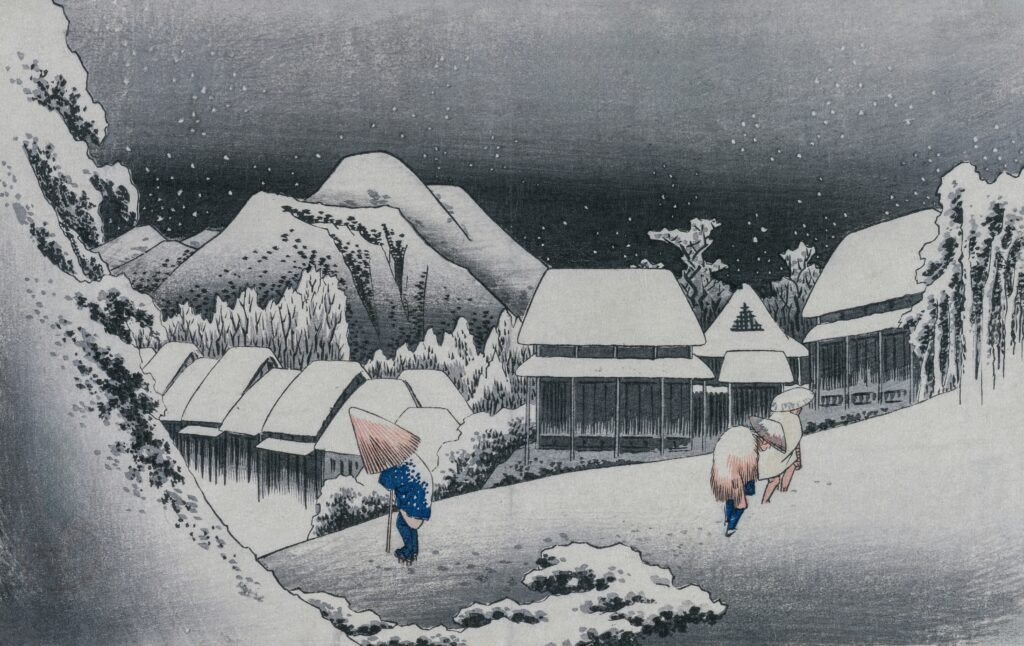Imagine a Japan completely different from today – isolated, strictly controlled, yet brimming with unexpected creativity. The Edo period wasn’t just a historical chapter; it was the crucible that shaped an entire nation.
How It All Began
When Tokugawa Ieyasu became shogun in 1603, he did more than just seize power. He created a revolutionary system that would define Japan for 250 years. By forcing regional lords (daimyo) to spend every other year in Edo and carefully redistributing land, he engineered a brilliant method of control that prevented potential rebellion.
The isolation wasn’t just about closing borders. It was a strategic masterstroke. While completely restricting foreign travel, Ieyasu maintained limited trade connections with the Dutch and Chinese through Nagasaki. This wasn’t weakness – it was calculated control.
A Surprising Cultural Explosion
Surprisingly, this period of isolation became a time of profound cultural transformation. Samurai – once purely warriors – transformed into scholars and artists. Kabuki theater, ukiyo-e prints, and sophisticated philosophical movements emerged. The rigid social hierarchy, with samurai at the top and merchants at the bottom, paradoxically created a pressure cooker of creative energy.
Neo-Confucianism became the philosophical backbone, emphasizing education, morals, and strict social order. This wasn’t just a governing philosophy – it was a blueprint for national character that would persist long after the Tokugawa period ended.
The Seeds of a Global Powerhouse
The foundations of modern Japan were laid during these years: extreme attention to detail, respect for hierarchy, commitment to continuous learning, and the ability to adapt while maintaining core cultural identity.
By the mid-19th century, external pressures began mounting. Commodore Perry’s arrival in 1853 forced Japan to confront the outside world. But this wasn’t a moment of defeat – it was the next stage of a carefully managed transformation.
When the Tokugawa shogunate fell in 1868, giving way to the Meiji Restoration, Japan didn’t collapse. Instead, it underwent one of the most remarkable national reinventions in world history – a direct result of the foundations laid during the Edo period.
Every aspect of contemporary Japan – from its technological precision to its unique cultural exports – carries the DNA of this extraordinary era. The Edo period wasn’t just history. It was Japan’s strategic preparation for becoming a global power.
Want to truly understand Japan? You have to understand the Edo period.

